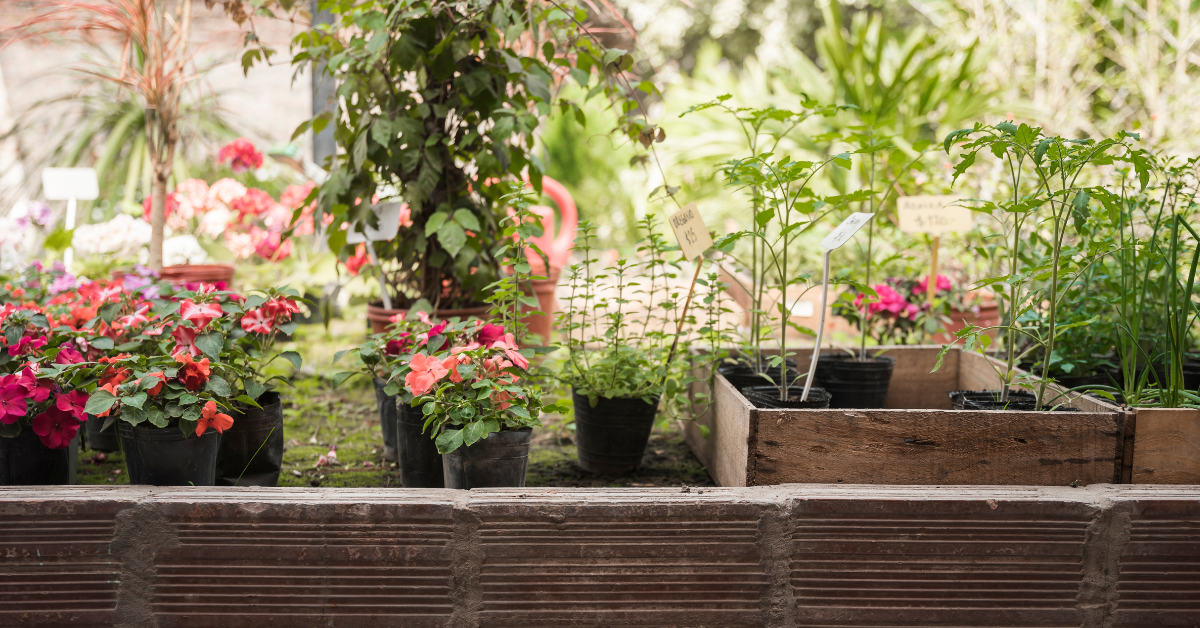Spring is here! Soil temperatures are rising and as the dormant period comes to an end, plants start to actively grow. Are you ready to give your plants what they need to thrive in one of the year’s busiest times? Learn what fertilizers for garden plants you should get in order to boost growth and what’s the difference between the various kinds available on the market.
Garden soil nutrients explained
Apart from oxygen and light, there are a number of nutrients that are essential to plant growth, the primary ones being nitrogen, phosphorus, and potassium (or N, P, K). Other elements include calcium (Ca), magnesium (Mg), and sulfur (S) as well as micronutrients such as boron (B), zinc (Zn), manganese (Mn), iron (Fe), copper (Cu), molybdenum (Mo), and chlorine (Cl).
Here is how they contribute to the plants’ development and well-being:
- Nitrogen (N) – It promotes good stalk growth and green, leafy growth. Taking part in important processes such as photosynthesis and protein formation, it ensures the plant has enough energy available. That’s why the best spring fertilizers typically contain high amounts of nitrogen.
- Phosphorus (P) – It’s important for a strong root system, shoot growth, flower blooms, fruit production, and seed creation. In addition, it plays a role in disease resistance and pest prevention.
- Potassium (K) – It’s key to overall plant health. It helps plants build strong cells, thus making them resistant to extreme conditions such as heat, cold, pests, and disease.
- Secondary elements – Constituting less than 1% of the dry weight of most plants, they are just as important as macronutrients but are required in much smaller quantities. They contribute to numerous aspects like plant cell membrane stability, enzyme systems, yield increase, as well as increasing the availability of other nutrients.
All these important ingredients are supplied by the soil, but more often than not, our soil lacks the necessary quantities or proportions, so we need to supplement it with fertilizers. Read below to learn how to prepare your garden for spring by choosing the most suitable soil amendments.
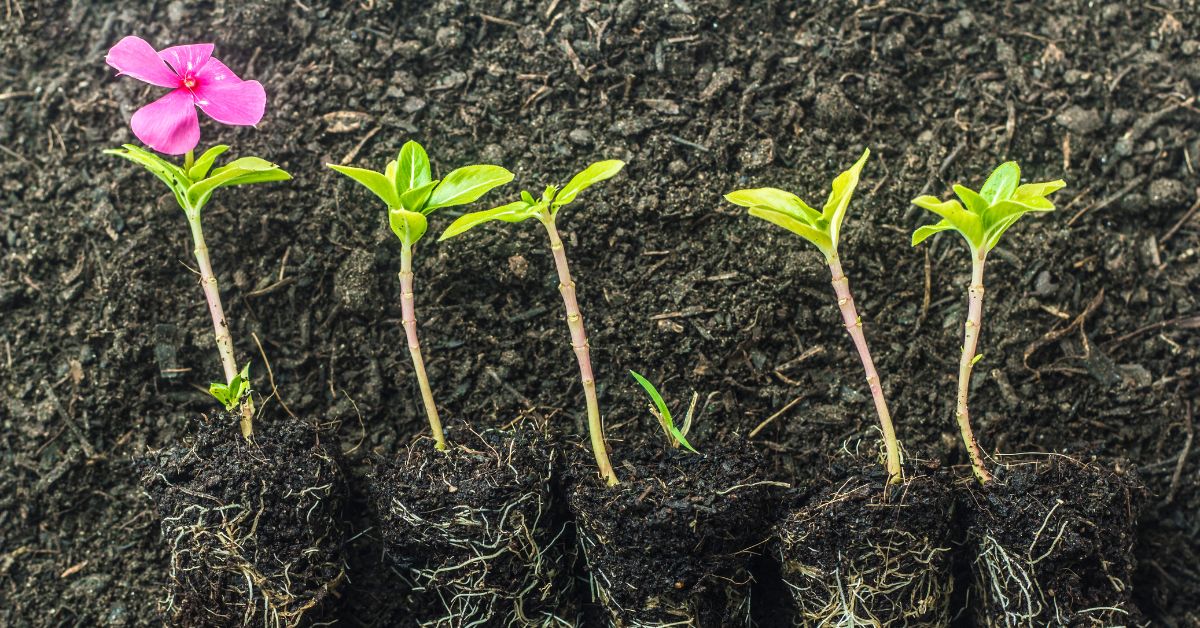
Types of fertilizers
There are two main types of fertilizers depending on the origin: organic or non-organic (also known as inorganic or synthetic).
Organic
Organic fertilizers are derived from plant or animal sources. They include garden compost (either store-bought or homemade), well-rotted manure, spent mushroom compost, blood meal, bone meal, alfalfa meal, and seaweed. They contain lower concentrations of plant nutrients that are released more slowly. However, these compounds are very good for soil structure and fertility. They can also help make the plant nutrients already present in the soil more available to plant roots. They are considered more environmentally friendly than synthetic fertilizers.
While the nutrient content of organic fertilizers is not very clearly defined, here is a basic guide as to what each of them provides:
- Nitrogen sources: Dried blood, blood meal, cottonseed meal, fish emulsion, and seaweed extract
- Phosphorus sources: Bone meal, rock phosphate
- Potassium sources: Greensand, sulfate of potash
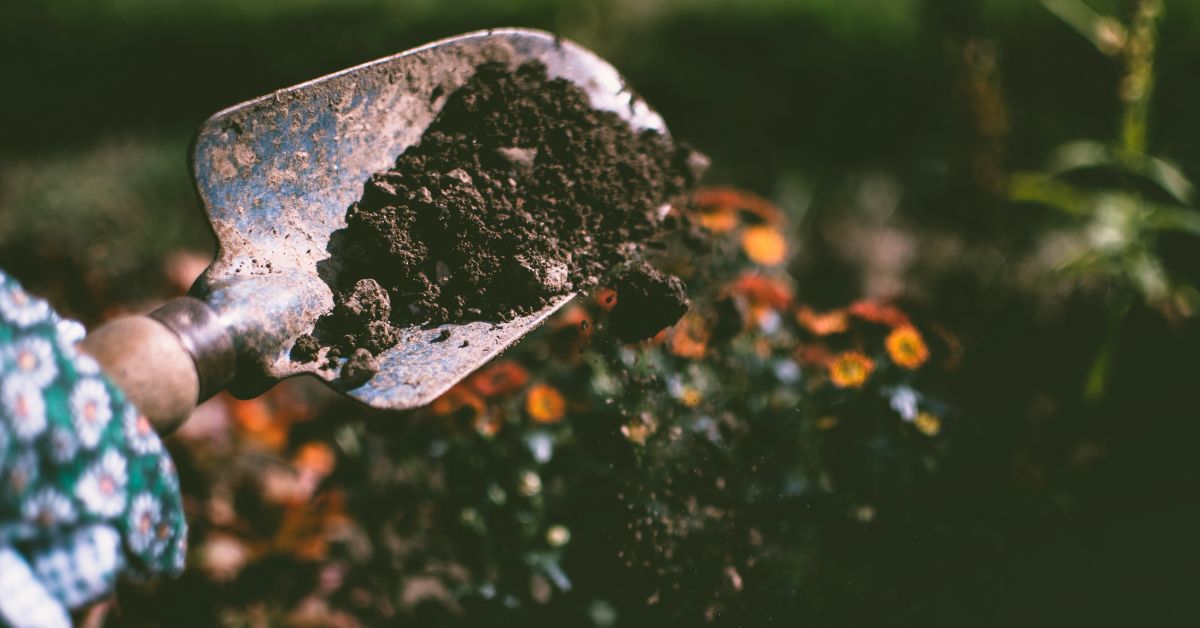
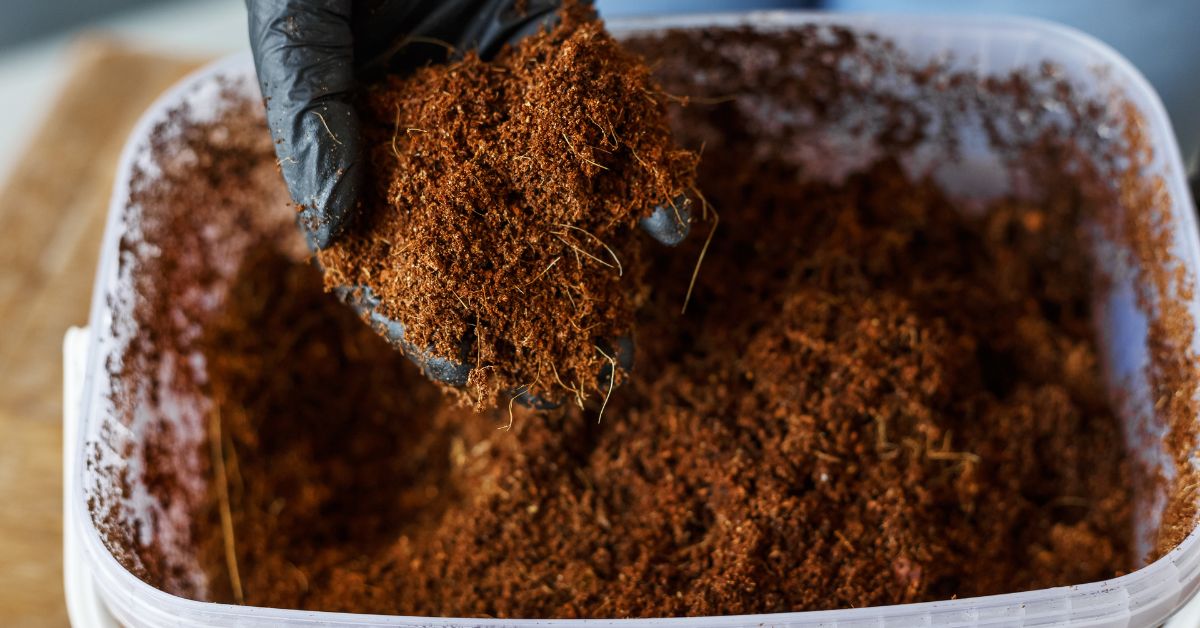
Non-organic
Non-organic fertilizers for the garden are artificial forms of plant nutrients or naturally occurring mined minerals. They tend to be more concentrated and act faster than their organic counterparts. However, there is a greater risk of overdosing and creating a harmful buildup if you use too much.
When purchasing a synthetic fertilizer, the bottle indicates the NPK ratio, or the percentage of nitrogen, phosphorus, and potassium contained (e.g. 4-3-6, or 10-10-10 for general fertilizers). These numbers defer based on what stage of the plant cycle the fertilizer is intended for (such as vegetative, flowering, etc.). Learn more about the NPK ratio by referring to our guide to NPK.
These fertilizers can come in different forms:
- Dry fertilizers: slow-release pellets, granules, or dry powders that may take up to several months to break down completely
- Liquid fertilizers: concentrated or pre-mixed feeds suitable for a quick plant boost.
Combining organic and non-organic
Because of their different benefits, organic and non-organic fertilizers can actually be used in combination. To learn more about their differences and how to complement each other, read our article on Compost vs. Garden soil improvers.
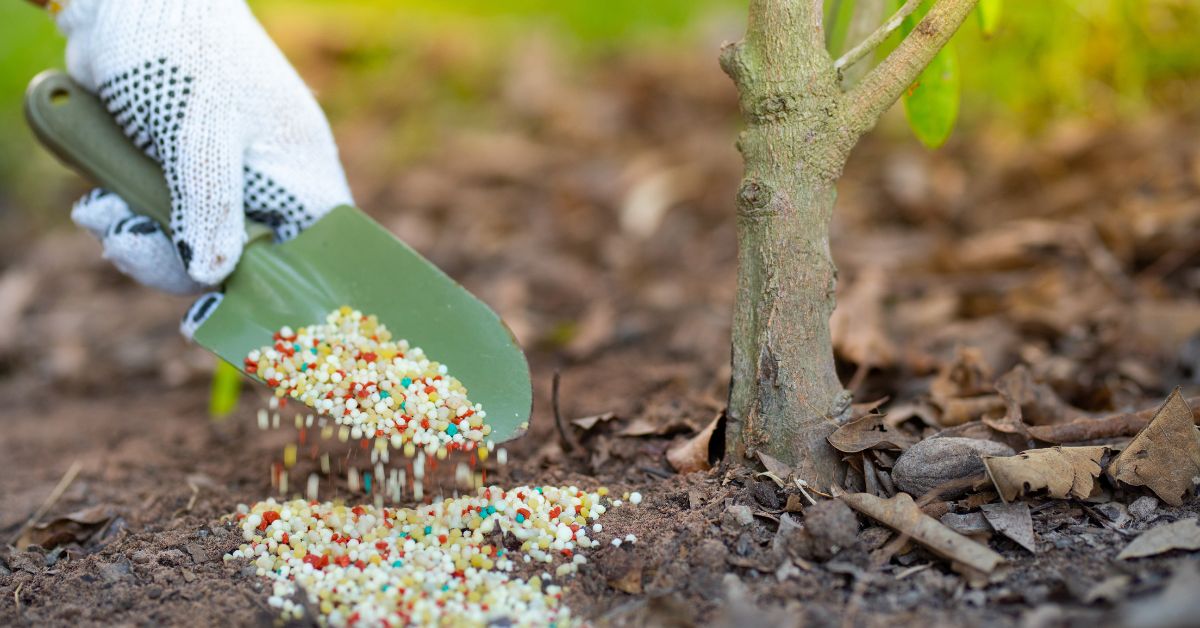
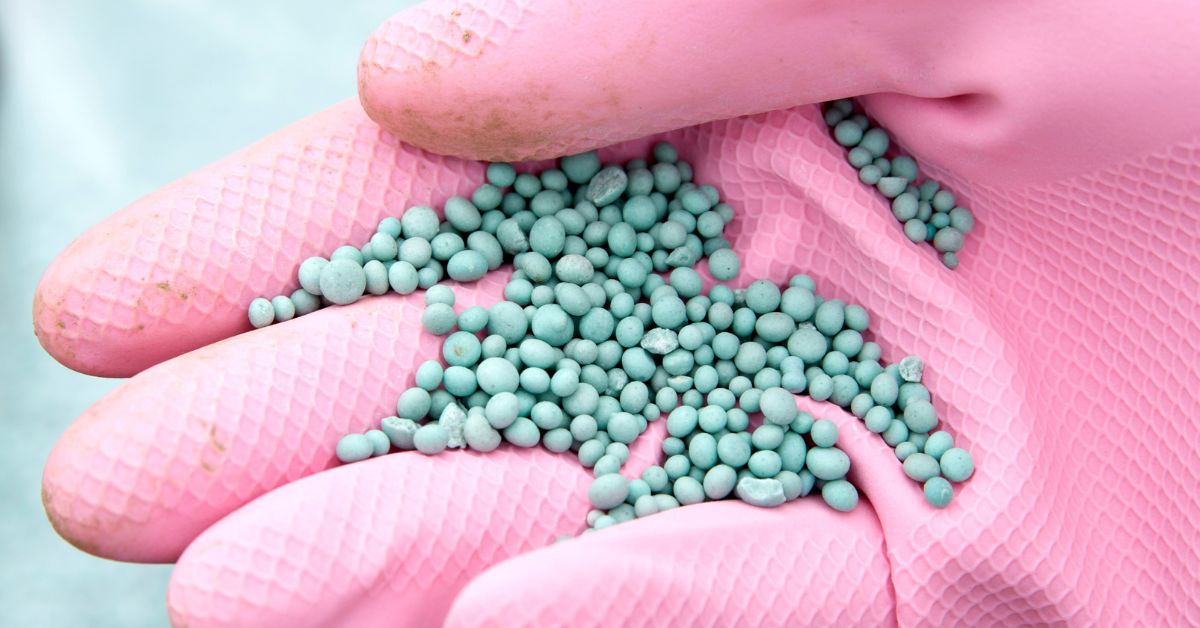
How to test garden soil for nutrient
Soils vary in their nutrient levels and the availability of nutrients.
Soil testing labs can provide a detailed nutrient analysis. You need to collect a soil sample from 15-20 cm under the surface, where roots would grow, and remove any debris. There are also DIY testing kits
that are convenient to use at home but provide less accurate or thorough results.
A soil test will also show your soil pH level. A pH of about 6.5 works for most gardens, as most plants prefer levels between 6.0 and 7.0. However, there are acid-loving plants like azaleas, rhododendrons, and blueberries (between 4.5 and 5.5 pH), while lawns favor a pH of 5.5 to 6.
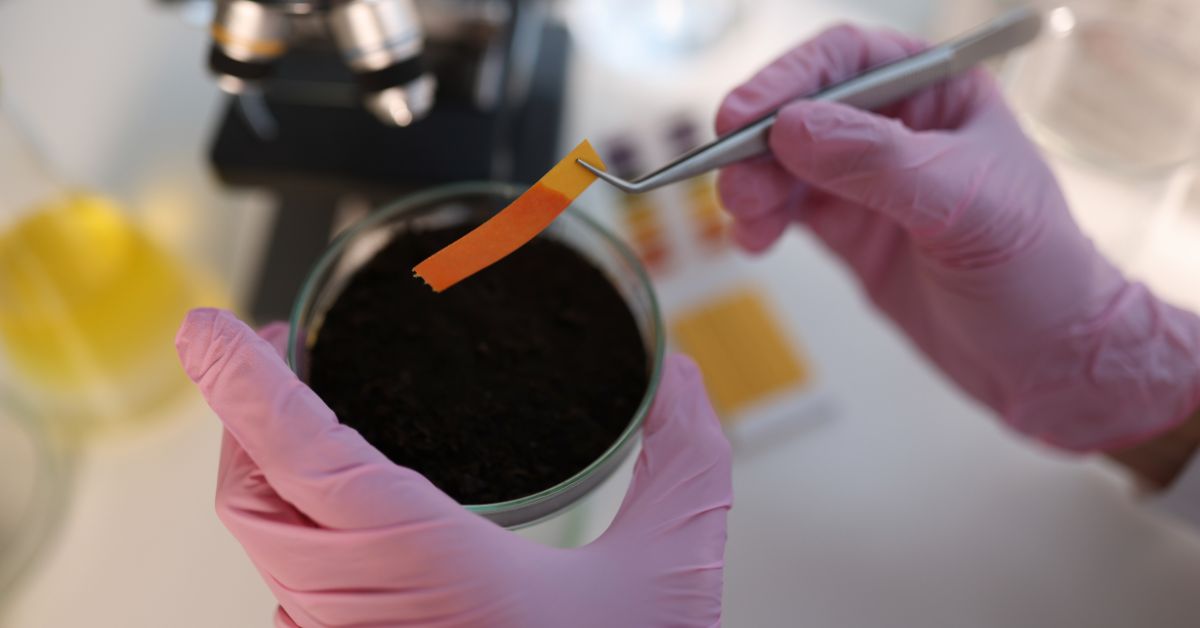
Tip: Issues are not always related to nutrient deficiencies. Sometimes, there may be nutrients present, but the soil may be too dry, waterlogged, too acidic, or too alkaline to allow the plants to access them. Whenever possible, try to improve these factors first.
Spring fertilizers
Spring is the ideal time to fertilize, because plants are coming out of their dormant stage and preparing for rapid growth. Unlike winter, soil temperatures are suitable for nutrient absorption and at the same time, plants are not subjected to the stress from extreme summer heat, for example.
So, when preparing the garden for spring, make sure you don’t omit this step. Fertilizers should be mixed into the soil unless they are in liquid form. For edible crops, incorporate the fertilizer into the soil or potting compost before sowing. Quick-acting fertilizers or granular fertilizers can be worked into the soil surface around plants, which is also known as ‘top dressing’. Alternatively, you can apply foliar sprays directly onto plant leaves. Liquid fertilizers or powders and granules that are diluted in water are applied onto the plant root area, but leaves should be avoided.
Spring plants and fertilizers
Apart from the soil properties, what fertilizer to use in spring depends on the type of plant. Here is a quick overview of plant needs by category:
- Plants in containers are highly dependent on the nutrients provided by gardeners due to the limited space.
- Plants in beds and borders have access to garden soil with more resources, so they may not need feeding.
- Ornamental trees and shrubs in garden soil may also not need regular feeding by fertilizer.
- Crops that do benefit from regular fertilizer are: fruit, vegetables, and bedding plants.
When and how to fertilise
Rather than dumping large amounts of random fertilizers and compounds on your garden, it’s best to identify the needs of each particular plant variety and tailor your application accordingly.
Depending on growth stage
In spring, most plants will begin actively growing, or entering their vegetative stage. For young growth, focus on giving nitrogen, although adequate levels of all nutrients are crucial at this stage. For newly transplanted plants, apply higher amounts of root-supporting nutrients, like phosphorus and potassium. As plants begin to bloom and fruit, their nutrient needs will change.
Depending on plant appearance
There are certain signs and symptoms that your plants exhibit in spring, such as changes in color and appearance, that can indicate nutrient deficiencies. These can include:
- Warped, misshaped new leaves – Points to a calcium deficiency.
- Yellowed leaves (old growth) – Nitrogen deficiency.
- Yellow-edged leaves (old growth) – Magnesium deficiency.
- Purple/reddish leaves – Phosphorus deficiency.
- Light green foliage (instead of dark green), or an “anemic” appearance – Possible nitrogen deficiency.
- “Burnt” leaf tips – Depletion of phosphorus.
- Abnormally dark green old foliage – Phosphorus insufficiency.
- Dark black or scorched leaves – Potassium deficiency.
- Wilted old growth – Potassium deficiency.
Depending on plant variety
Plants need help when they are growing the most, so fertilizing depends a lot on the plant’s growth cycle:
- Spring grass fertilizers for cool-season lawns should include high levels of nitrogen. The best time to apply them is when the grass starts getting green again, actively growing, and appears to need its first mowing.
- Intense growth occurs earlier for spring plantings of lettuce, arugula, kale, and other leafy greens.
- Tomatoes: Tomato plants have quite specific needs. They should be first fertilized when you plant them in the garden. In addition to potassium, nitrogen, and phosphorus, they need calcium and magnesium, as well as some zinc, copper, iron, and sulfur.
- Ornamental trees, shrubs, and perennials should be fertilized at the beginning of their growing season, as dormancy ends. If your garden is mostly comprised of these plants, a general 10-10-10 fertilizer is the best choice. Perennials can benefit from a single application, but be careful with the quantities, as an over-fertilized perennial may result in excess growth that flops over halfway through the season.
- Japanese Maples prefer a slow-release fertilizer with a lower percentage of nitrogen because of their slower growth rates.
- Rhododendrons and azaleas benefit from fertilizers with added iron.
- Fertilize fruit and nut-producing trees in early spring.
- Berry bushes need an acidic fertilizer.
- Leafy and flowering houseplants tend to slow down their growth during the cooler months and speed back up in spring and summer. Start applying a little liquid fertilizer mixed into their water about once a month. If you’re afraid you may forget to do so, opt for slow-release granules or a nutrient tab every few months.
Best spring flowers and vegetables
Although every spring is different, with some feeling almost like summer, while others feel like winter simply refuses to leave, there is plenty that can be done in terms of sowing and planting.
Vegetables to plant in spring
- Beetroot
- Carrots
- Swiss chard
- Summer cauliflower
- Kohl rabi
- Lettuce
- Leeks
- Radish
- Rhubarb
- Turnip
- Spring and pickling onions
- Peas
- Perpetual spinach
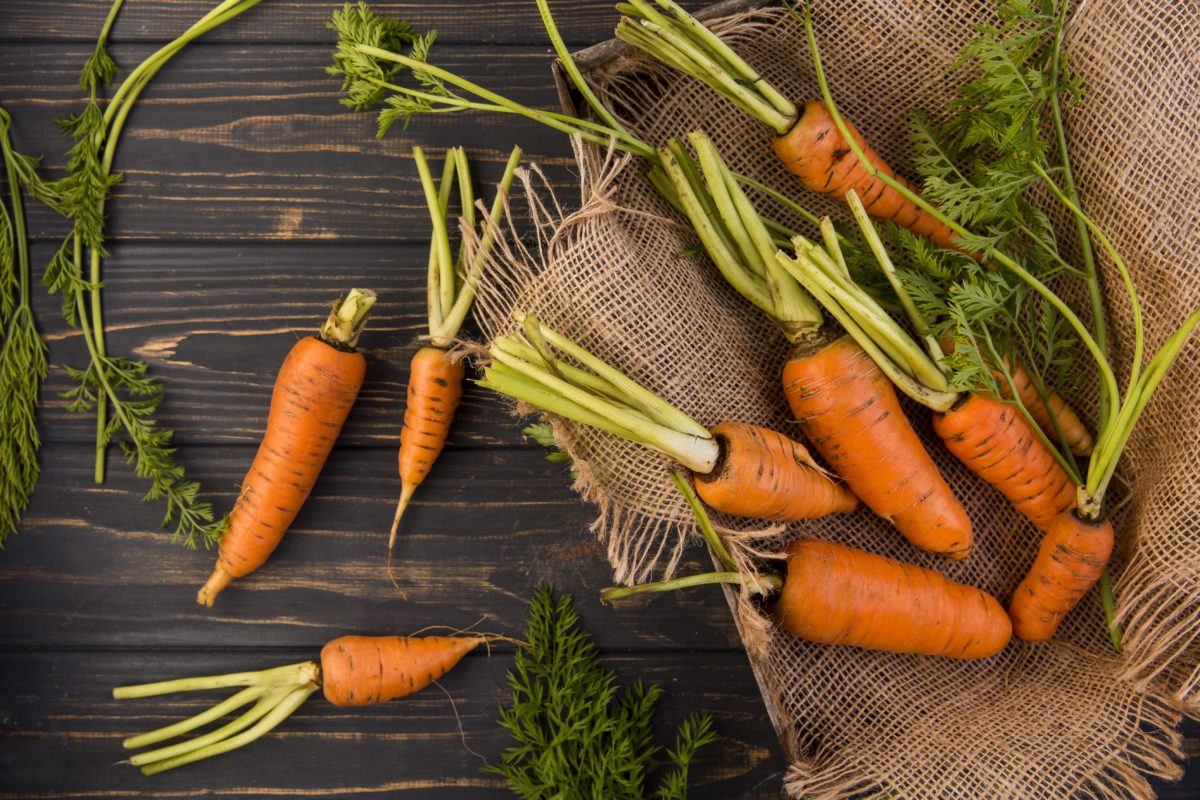
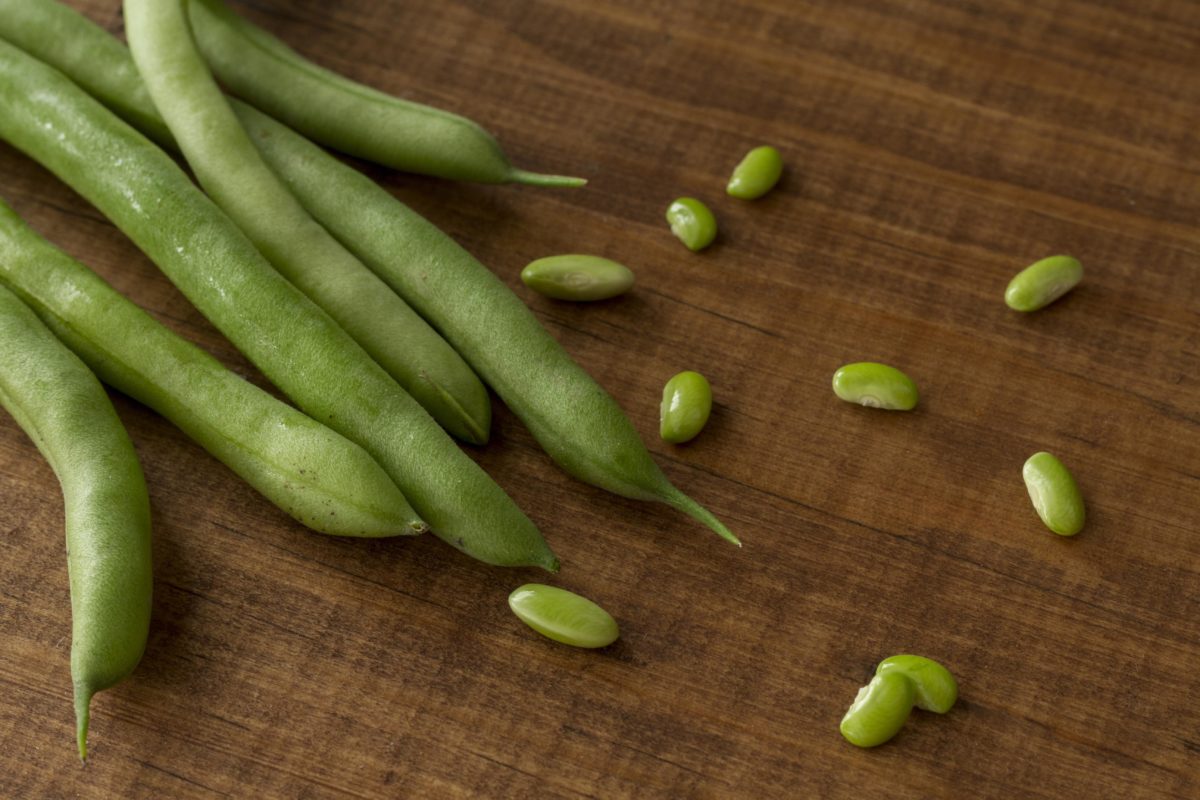
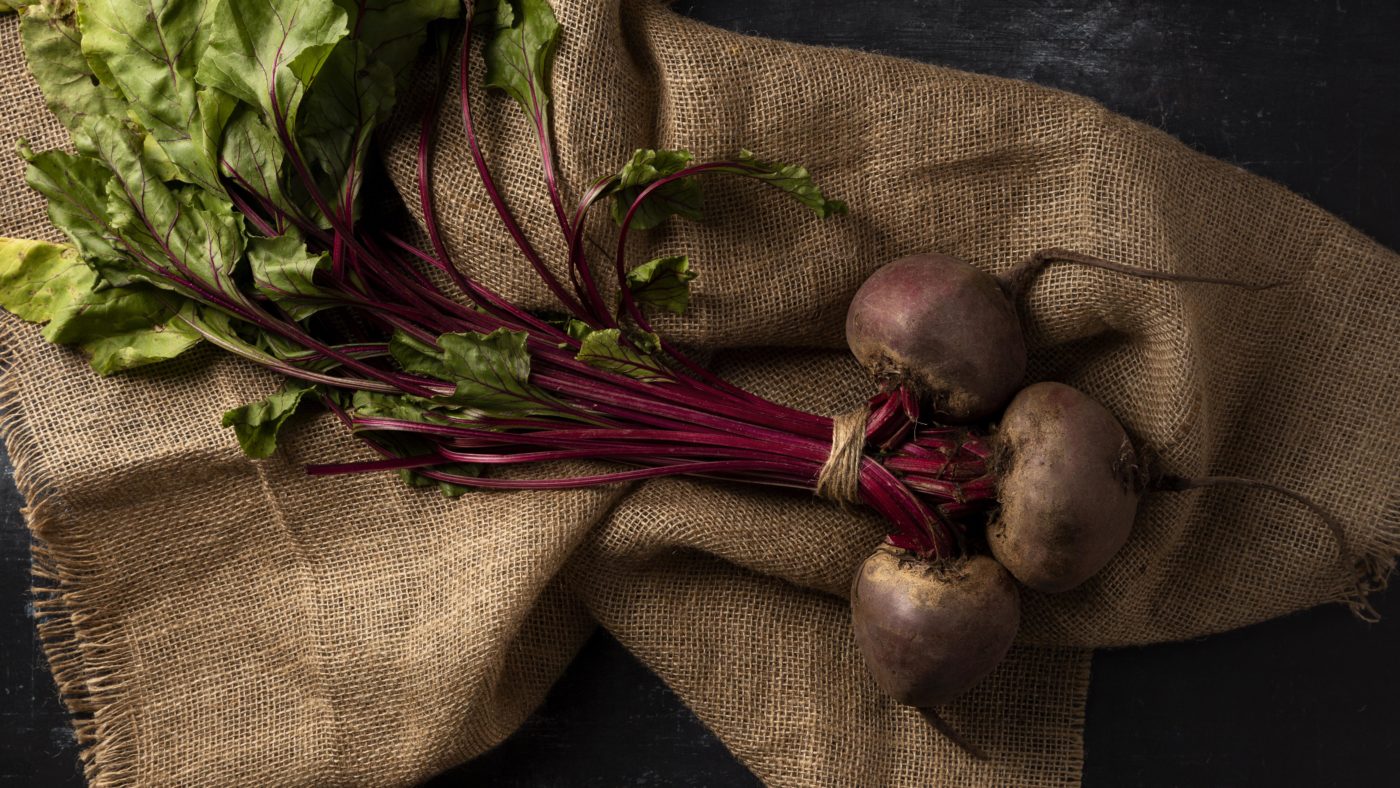
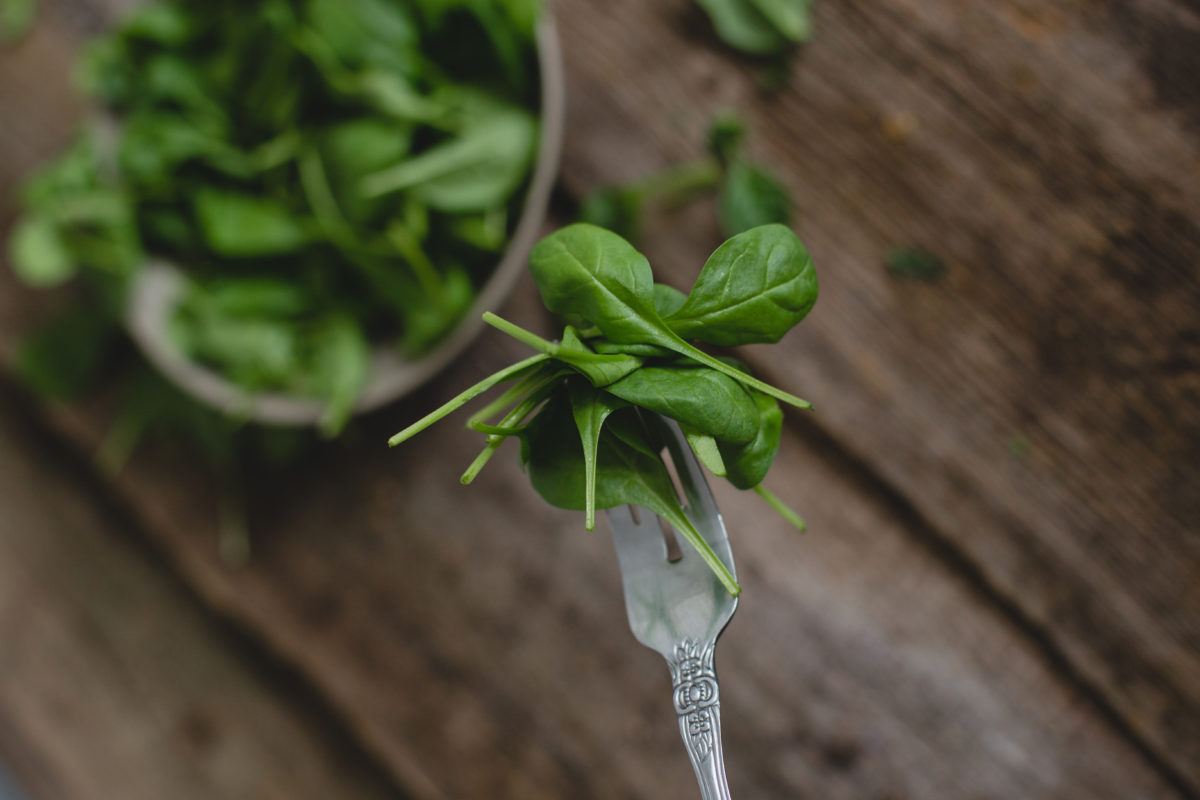
Fruits to plant in spring
- Apples
- Blueberries
- Blackberries
- Pears
- Raspberries
- Strawberries
Flowers to plant in spring
Annuals:
- Alyssum
- Amaranthus
- Calendula
- Cornflowers
- Cosmos
- Marigolds
- Nasturtiums
- Pansies & Violas
- Poppies
- Sunflowers
- Sweet Peas
- Zinnias
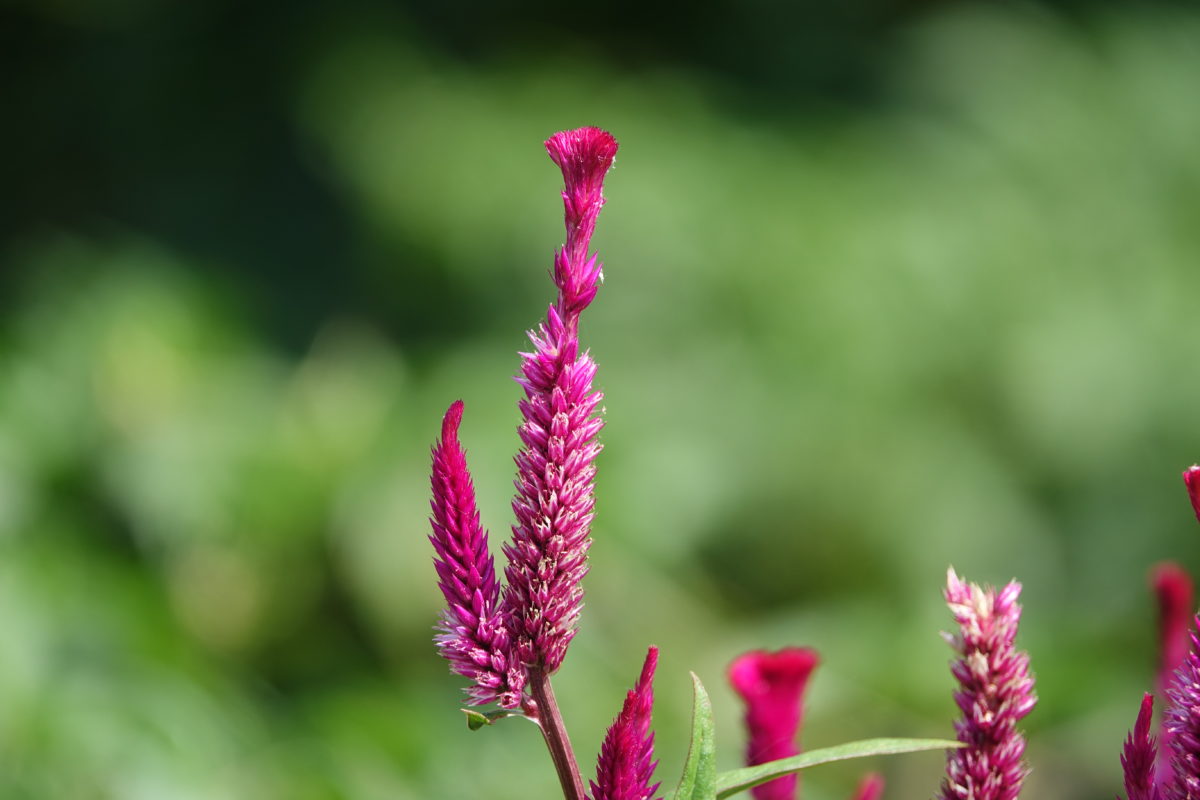

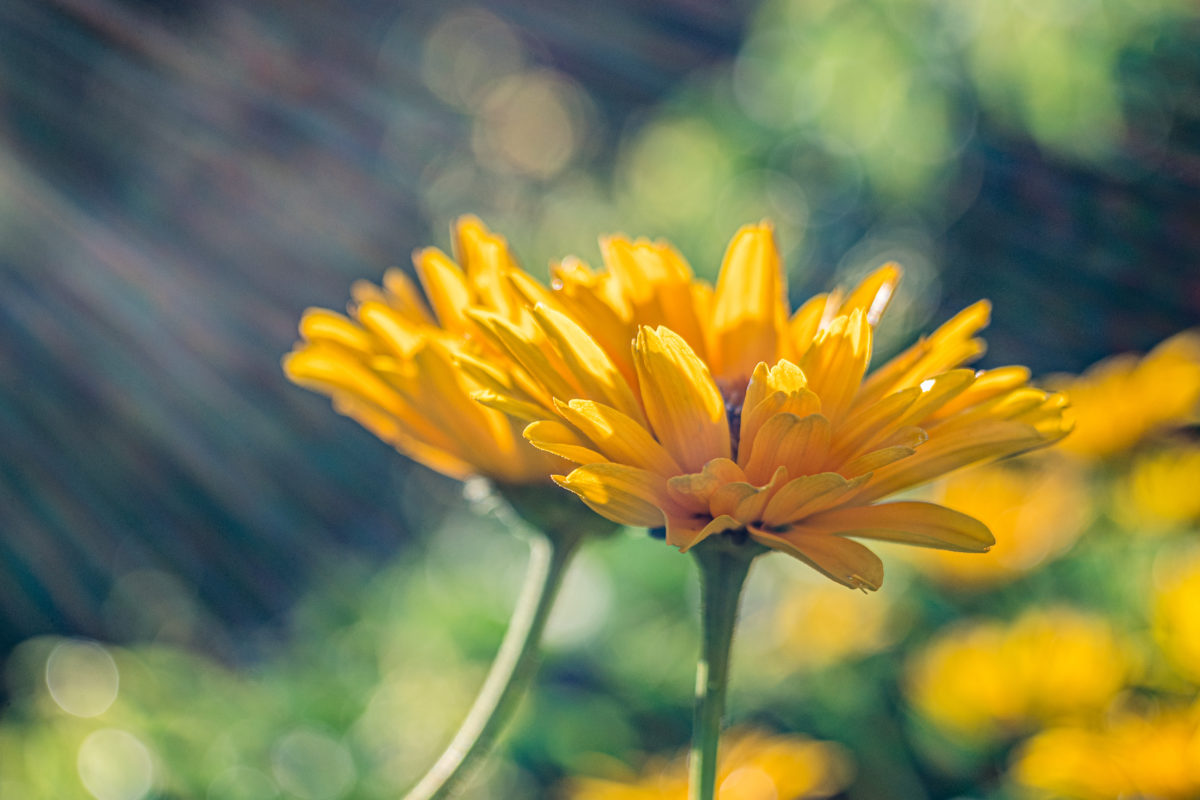

Perennials:
- Agastache
- Astrantias
- Comfrey
- Lavender
- Monarda didyma
- Nepeta
- Salvias
- Scabious
- Verbena bonariensis
- Yarrow
As nature bursts into life this spring, don’t forget to pick some suitable organic or non-organic fertilizers for garden plants and they will reward you with lush foliage and delicious fruits and veggies in the months to come.

